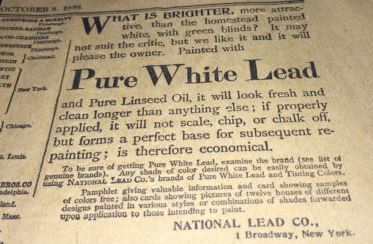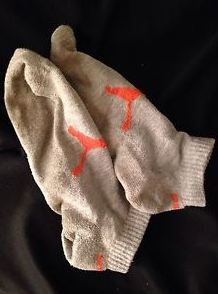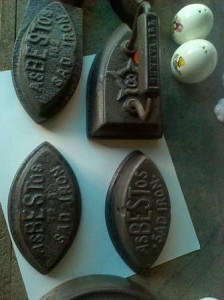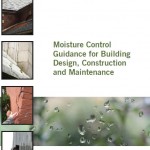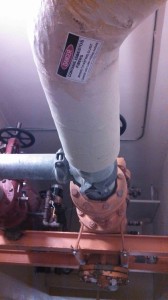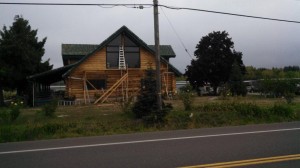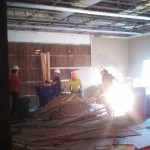Posted by admin under Admin Controls, Bio Exposure Index, Biological Monitoring, Building Survey, Drywall, Dust, Engineering Controls, IAQ, Lead, lead in gasoline, Leaded Sheetrock
Comments Off on Lead Exposures – who’s to blame?
If you are in the United States, you have probably been hearing issues with lead (Pb) exposures. The main focus lately has been in Flint, Michigan and their (new) source of water, which contains high levels of the metal. Wiki here.
So, who is to blame?
The NY Times suggests we should blame HUD for the millions of pounds of lead in paint. However, I’m not so sure we can cast all of the blame on them, the legislators, or manufactures. But, we are going to be dealing with lead exposures in the future.
I do not know the depth and extent to which lead poisoning is occurring throughout the US. I’m not sure anyone really does. But, there are MANY sources of lead exposure. For example: leaded gasoline (tetraethyl lead) was used in the past, aviation fuel (av gas low lead) still is, lead in paint, lead in copper pipe solder, lead in fishing weights, lead in ammo, lead in sheet rock, lead in Chineese toys…I could go on.
Bottom line though, if you (or your kids) have elevated lead levels,…there is a source. So, What To Do? Here’s my takeaways:
- Test you & your kids for their blood lead levels.
- It is a very established method, but isn’t an exact science. Don’t freak out if they are above “background” levels. Just do what you can.
- The CDC recently lowered their recommended blood lead threshold to 5 ug/dl of blood.
- Don’t do chelation therapy, unless the blood lead level is REALLY high. How high? I’m not a doctor.
- DO eat lots of vegetables and fruit. These have found to lower lead levels the best (but maybe not the fastest).
- Find the source.
- Keep looking, there might be more than one. School, work, hobbies, nearby businesses, daily activities.
- Measure: dirt, water, paint, your workplace.
- Consider how small an amount is dangerous. 5 micrograms in 1 deciliter of blood. 5 micrograms is 5 millionth of a gram. A fruit fly weighs about 200 micrograms. So, cut a fruit fly into 200 pieces, take 5 of them…you get the idea.
- Tell others.
- Recommend that others investigate for themselves.
